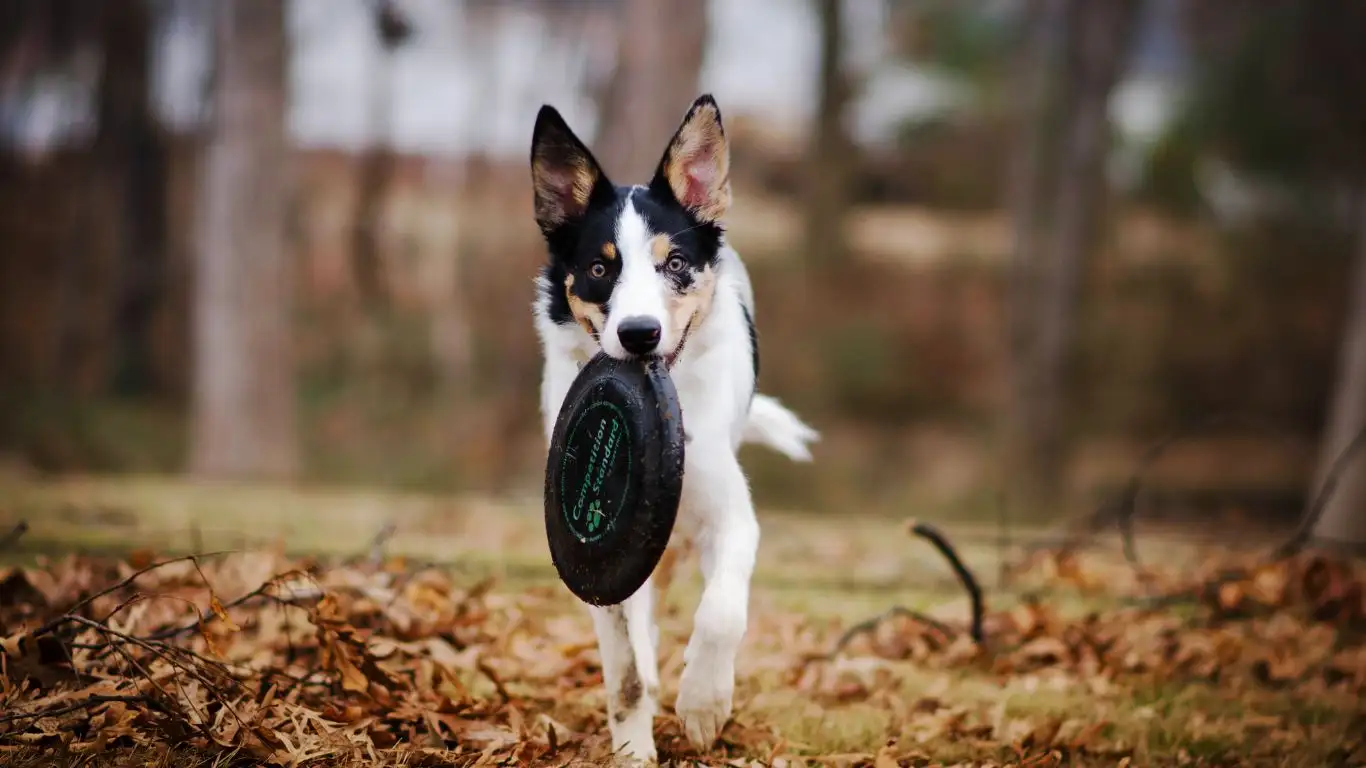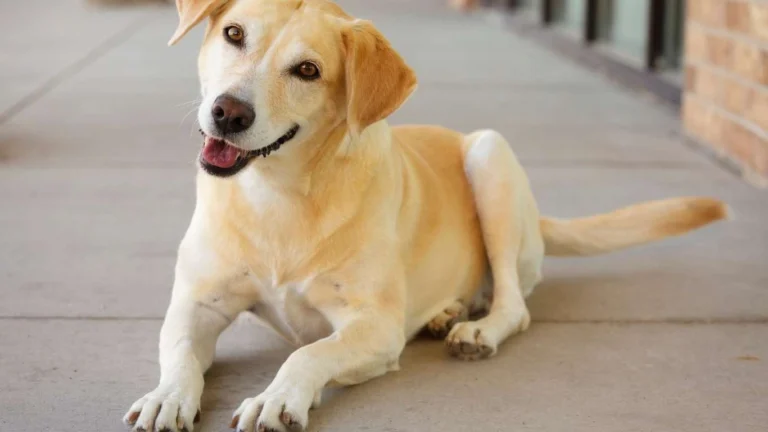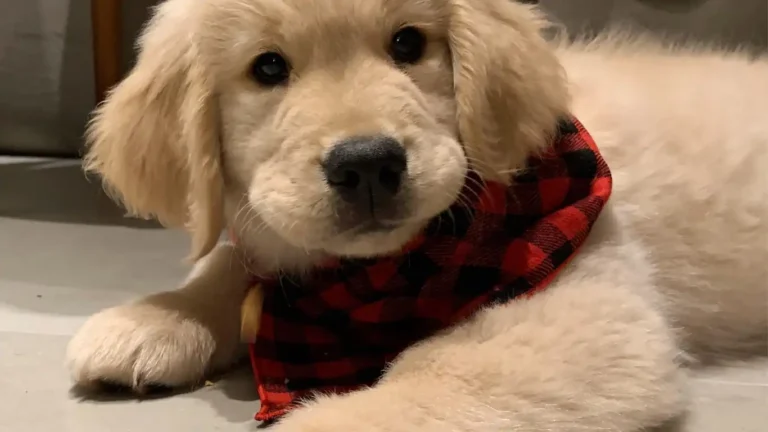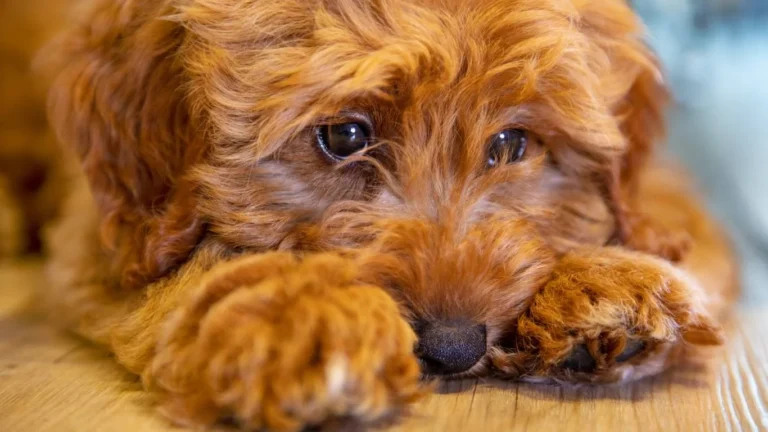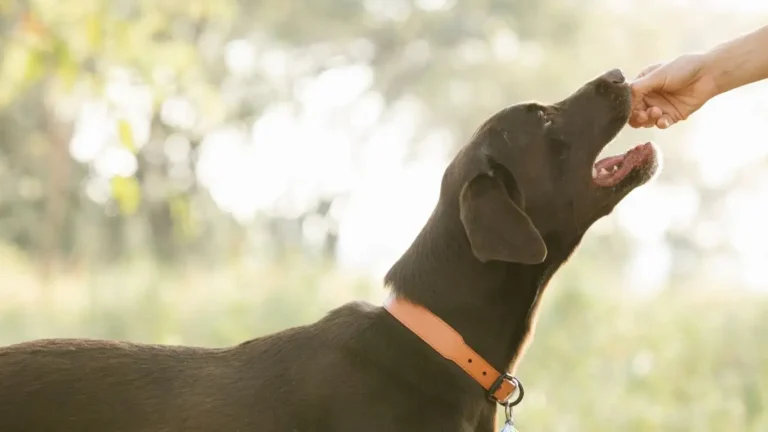How to Train a Dog to Stop Sniffing People Excessively: Effective Training Tips
As a Canine-Assisted Therapy Trainer with years of hands-on experience, I’ve seen firsthand how a dog’s excessive sniffing can become a real issue for both owners and those around them. Whether it’s at the park, during a training session, or just when you’re out for a walk, dogs sniffing people is something that can easily get out of hand. So, how do you train a dog to stop sniffing people excessively? It’s not as complicated as it might seem, and with patience and the right approach, you can teach your dog some valuable boundaries that will make your walks and interactions much more enjoyable.
Understanding Why Dogs Sniff People
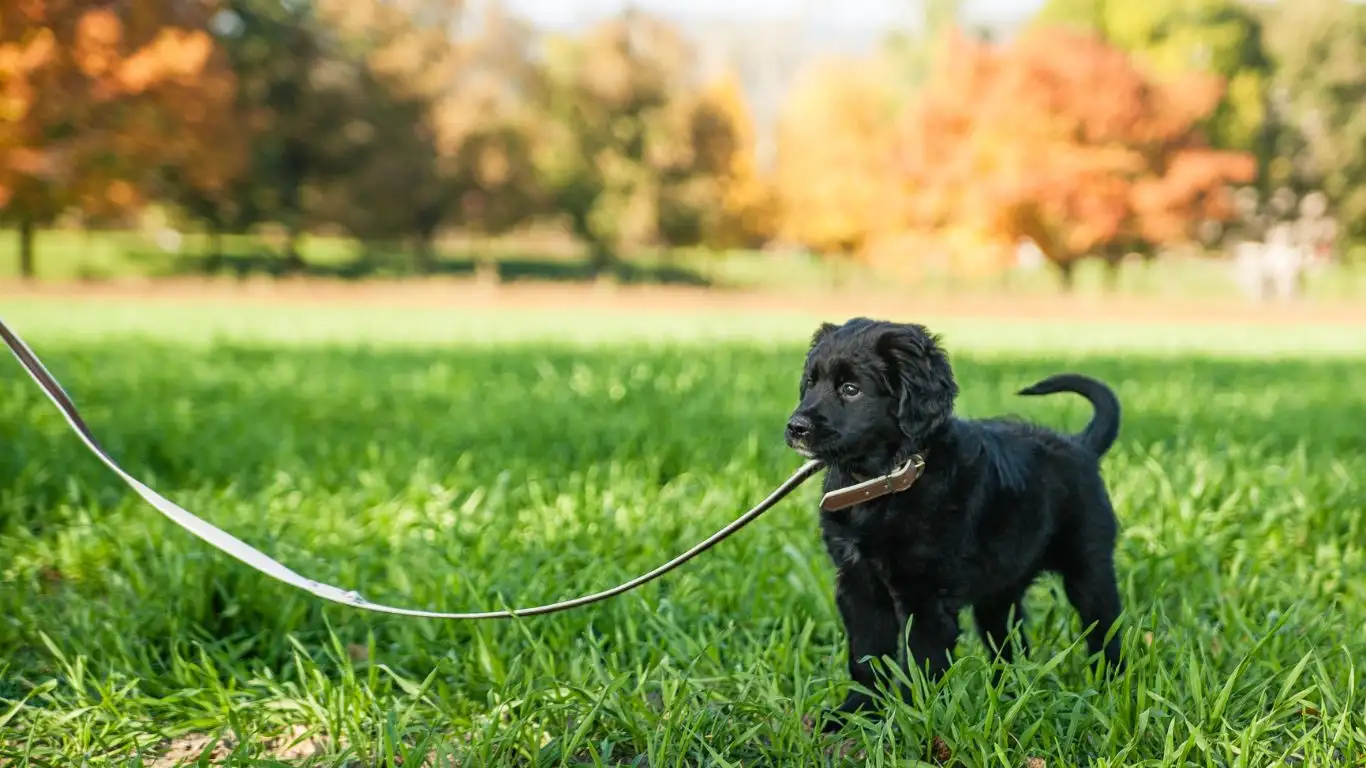
Before diving into the training techniques, it’s crucial to understand why dogs have such a strong urge to sniff people. For dogs, sniffing is their way of gathering information about the world. While we rely on our sight and hearing, dogs depend on their sense of smell to interpret their surroundings. In fact, a dog’s sense of smell is far superior to ours—some estimates suggest it’s between 10,000 and 100,000 times more powerful. So, when your dog sniffs someone, they’re essentially “reading” them in a way that might feel uncomfortable for you, but is perfectly natural for them.
But why the obsession with sniffing people, in particular? It’s often because they’re curious about new smells. People bring with them a variety of scents: food they’ve eaten, the environment they’ve been in, and even emotions like stress or excitement. Dogs are naturally attracted to these smells, and it can lead to over-sniffing behavior, especially if they haven’t been trained to respect personal space.
Dogs and Social Behavior: The Social Sniff

Another factor to consider is that dogs are social animals. In the wild, dogs sniff one another as a greeting or as a way of understanding the pack dynamics. In your home or during walks, this social sniffing instinct can be redirected towards strangers or new people they meet. While this behavior is normal and even essential in the animal kingdom, it can be problematic when your dog goes overboard and becomes persistent, making people uncomfortable.
Excessive sniffing is especially common when you’re meeting people outside your home. Your dog is essentially saying, “I need to learn more about you!” The problem is, many people aren’t thrilled to be the subject of your dog’s personal scent analysis. And that’s where training comes in—by understanding why your dog sniffs in the first place, you can begin to work on modifying the behavior in a way that’s respectful to others and doesn’t negatively affect your dog’s social development.
Start with Positive Reinforcement
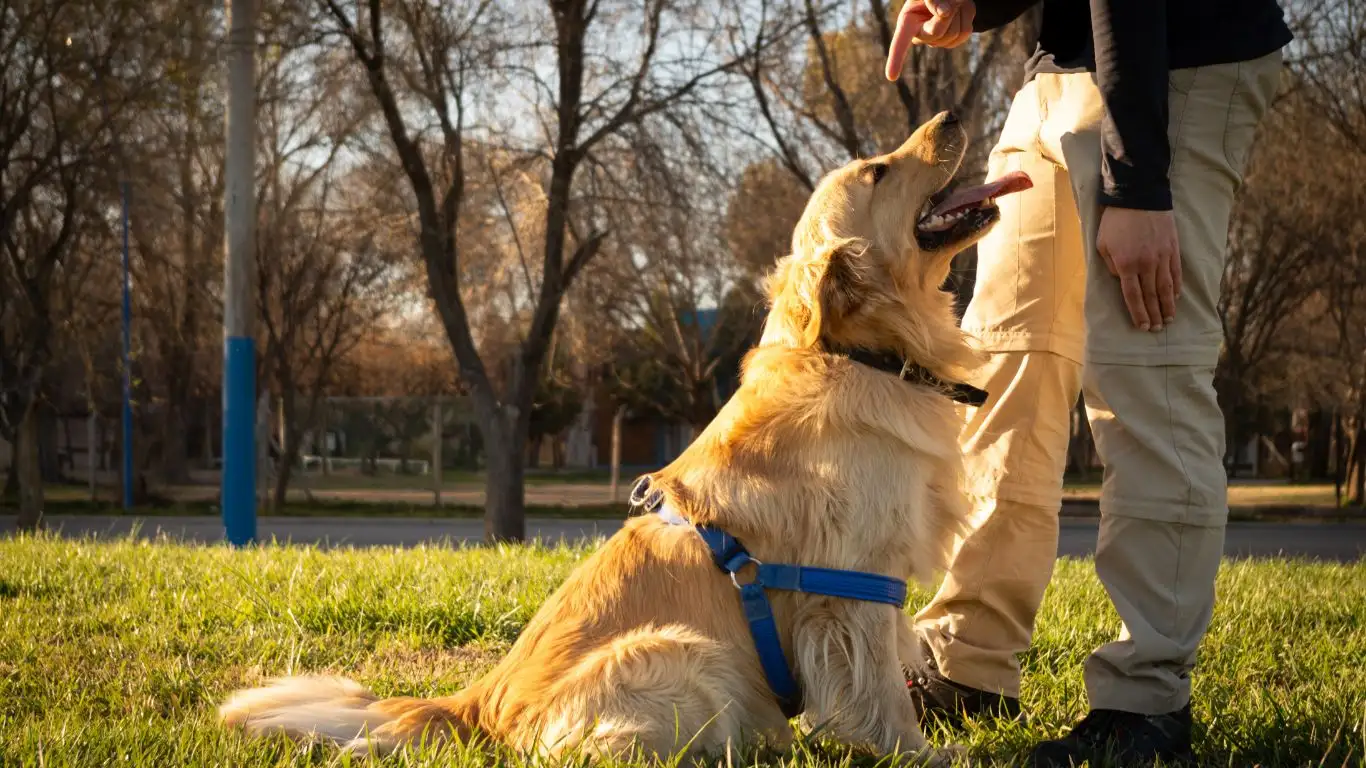
Now that we have a better understanding of why dogs sniff people excessively, it’s time to talk about the best way to address the issue. The method I’ve found most effective over the years is positive reinforcement. This approach involves rewarding your dog for good behavior, which helps them learn to repeat those behaviors. Let’s break this down into simple steps:
- Step 1: Stop the Sniffing in Progress – The moment your dog starts to sniff someone, gently guide them away. You don’t need to scold or yell—just redirect their attention.
- Step 2: Reward Calm Behavior – As soon as your dog is calm and not sniffing, immediately reward them with a treat or praise. This reinforces the idea that calm behavior is what gets them the reward, not the sniffing.
- Step 3: Use a Command – Incorporate a verbal cue such as “leave it” or “no sniff” when you see the sniffing behavior start. Say the command in a calm, firm tone, and when your dog listens, reward them immediately. Consistency is key here!
By using positive reinforcement, you’re teaching your dog that ignoring the urge to sniff is actually more rewarding than following through with the behavior. This method works wonders for most dogs, and over time, they’ll start to understand that sniffing people excessively isn’t the best way to gain your attention or approval.
Common Mistakes to Avoid When Training Your Dog to Stop Sniffing
While positive reinforcement is highly effective, there are a few common mistakes that I’ve seen owners make during training. Avoiding these mistakes can speed up the process and ensure you’re not inadvertently reinforcing the behavior you’re trying to stop.
- Inconsistency – It’s tempting to let the sniffing slide sometimes, especially if you’re in a hurry or distracted. However, being inconsistent with your training can confuse your dog. They need clear and consistent rules so they can understand what’s expected.
- Using Negative Reinforcement – Some owners might resort to punishment when their dog sniffs too much, but negative reinforcement (like yelling or using shock collars) can damage your relationship with your dog. It also doesn’t teach them what to do instead of the unwanted behavior.
- Not Addressing Underlying Anxiety – In some cases, excessive sniffing is linked to anxiety. If your dog is sniffing excessively because they’re nervous or unsure, it’s essential to address that anxiety first. A qualified dog trainer or behaviorist can help with this.
By understanding these common pitfalls and using positive reinforcement consistently, you’ll be setting your dog up for success. It’s important to remember that training takes time, and each dog learns at their own pace. Be patient, stay consistent, and celebrate small wins along the way!
Training Techniques to Redirect Sniffing Behavior
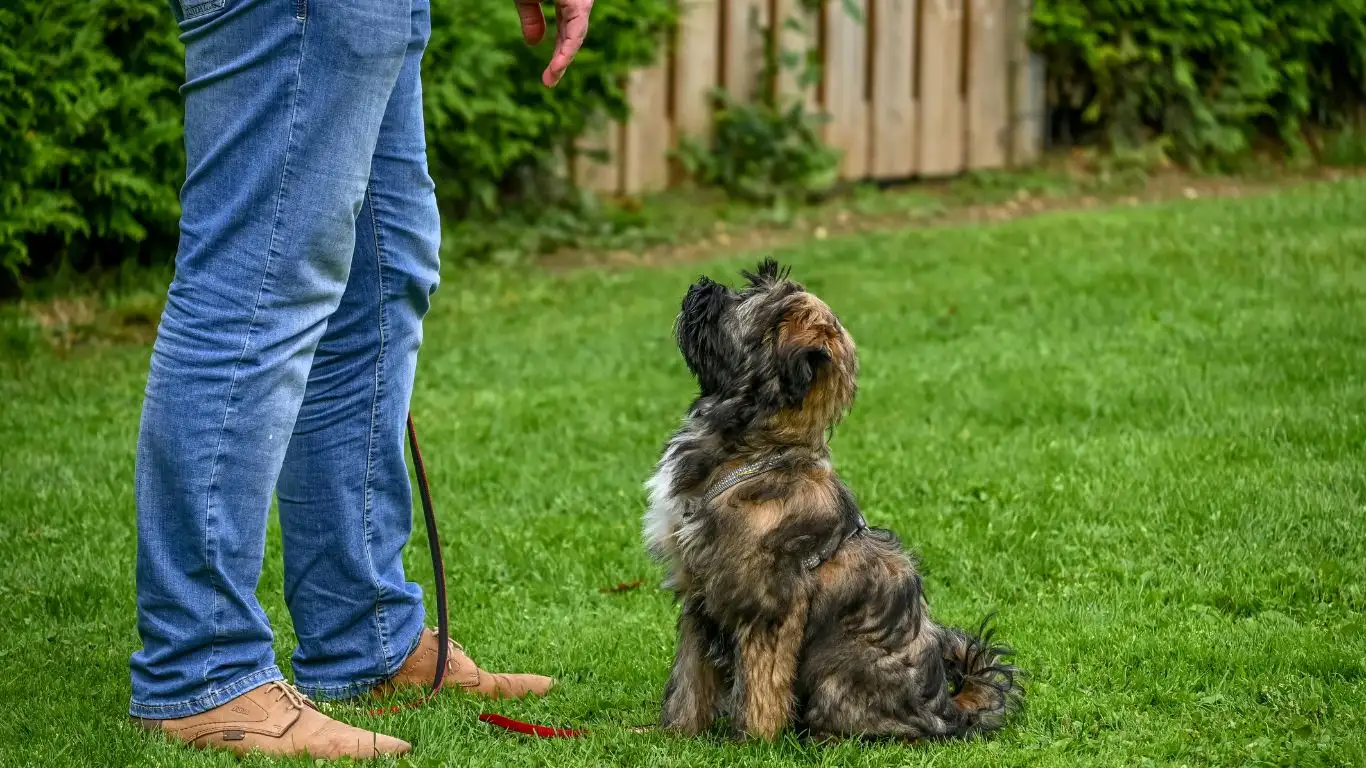
Now that we’ve covered the importance of positive reinforcement, let’s dive into some additional techniques that can help you redirect your dog’s sniffing behavior in a more productive way. These methods are all about providing your dog with alternative ways to interact with their environment and people without resorting to excessive sniffing.
Use the “Engage and Disengage” Method
One of the most effective ways to redirect sniffing behavior is to teach your dog the “engage and disengage” method. It’s essentially a game that teaches your dog to focus on you when encountering a person, instead of getting distracted by the urge to sniff. Here’s how you can do it:
- Step 1: Create a Controlled Environment – Start by practicing in a controlled environment, like your home or backyard, where you can easily manage distractions. Have a friend or family member stand still and wait for your dog to approach them.
- Step 2: Engage – When your dog starts to approach the person, use a cue like “look” or “focus” to encourage them to look at you instead of the person. Be sure to keep the treat in your hand and in front of their face to get their attention.
- Step 3: Reward – Once your dog makes eye contact with you, immediately reward them with a treat. Praise them for redirecting their focus onto you.
- Step 4: Disengage – After a few seconds of eye contact, allow your dog to “disengage” from the interaction by calmly letting them sniff or approach the person, but be ready to cue them again if they start to sniff too much.
The key here is consistency. Over time, your dog will start to understand that looking at you, rather than sniffing people, results in rewards. This method not only helps curb excessive sniffing, but also strengthens the bond between you and your dog.
Building Impulse Control: An Essential Skill

Impulse control is a crucial skill that every dog should master, especially when they’re learning how to control behaviors like excessive sniffing. In fact, the ability to resist the urge to sniff is closely related to your dog’s overall impulse control. Impulse control training teaches your dog to make thoughtful decisions rather than acting purely on instinct. Here are some great exercises to help your dog build impulse control:
Practice “Leave It” and “Stay” Commands
These two commands are incredibly effective in helping your dog resist the urge to engage with things that catch their attention—whether it’s a person, food, or even an interesting scent. Here’s how to practice these commands in a way that’s directly related to stopping excessive sniffing:
- Leave It: This command teaches your dog not to interact with something they’re interested in, like a person or a strong smell. To start, hold a treat in your closed hand and let your dog sniff it. Once they stop trying to get it, say “leave it” and reward them with a different treat. Gradually increase the level of distraction by practicing with people or in different environments.
- Stay: The “stay” command can be useful when you need your dog to remain in place while you’re greeting someone. It helps prevent them from wandering off to sniff others. Start by asking your dog to “stay” for a few seconds in a quiet room, then gradually increase the duration and level of distraction.
By reinforcing these commands with rewards and repetition, your dog will learn that it’s better to focus on you than to give in to their impulses to sniff. This builds good manners and reduces unwanted behavior in the long run.
Managing the Environment: Set Your Dog Up for Success
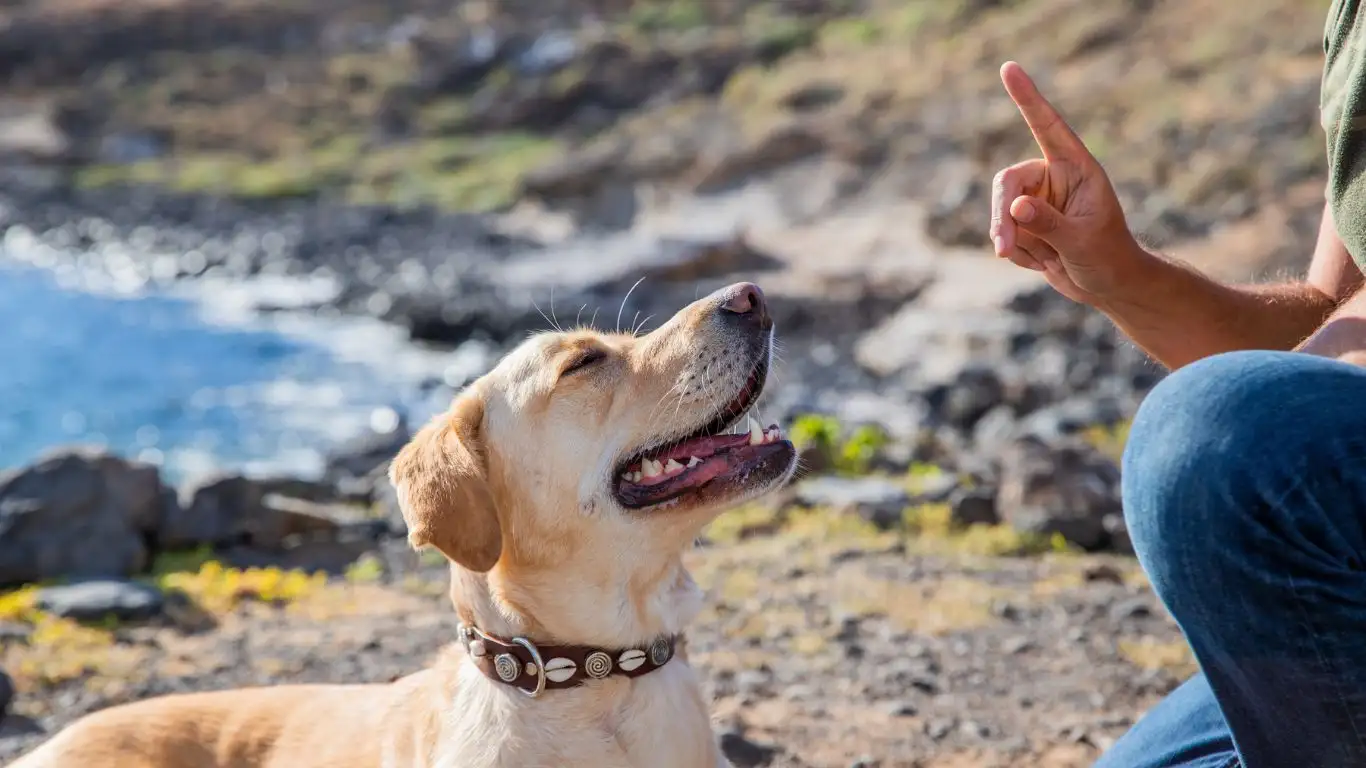
Sometimes, no matter how much training you do, your dog might still struggle with excessive sniffing, especially if they’re overly curious or anxious. In these cases, managing the environment is key. By setting up situations where sniffing isn’t encouraged or possible, you can help your dog focus on other behaviors and avoid reinforcing bad habits.
Leash Training: Keep Your Dog Close
Leash training is one of the most important tools for managing sniffing behavior. Keeping your dog on a leash gives you better control over where they go and what they’re doing. When you’re walking in a public place, you can prevent your dog from approaching people and getting caught in a sniffing frenzy.
Start by practicing leash control at home. Take your dog for short, controlled walks around the house or in your yard, gradually introducing distractions. As your dog begins to associate walking with calm behavior, take them to more challenging environments like a busy street or a dog park. Keep the leash short but relaxed to discourage them from lunging or pulling toward people.
Using Barrier Methods
If you’re meeting new people or attending events where your dog will be interacting with strangers, using a barrier can also be an effective strategy. This can be something as simple as a baby gate or a crate. It provides your dog with space and the opportunity to observe without getting too close and engaging in excessive sniffing. This is especially helpful during the initial stages of training, when your dog may not yet have the impulse control to behave calmly in new situations.
Remember, managing the environment doesn’t mean completely isolating your dog from new experiences. It just means giving them structure and helping them learn what’s acceptable behavior in different contexts. This way, they have the opportunity to socialize without overwhelming themselves or others with their sniffing behavior.
Dealing with Specific Dog Temperaments
Not all dogs are the same, and some may be more prone to excessive sniffing than others due to their personality, past experiences, or breed. If you have a dog that seems particularly obsessed with sniffing people, here are a few considerations based on different temperaments:
- High-energy Dogs: If your dog has a lot of energy, they may use sniffing as a way to burn off excess excitement. In these cases, adding more physical exercise to your dog’s routine can help reduce the urge to sniff. A good game of fetch or a long walk might help them release some of that pent-up energy.
- Curious Dogs: Some breeds are naturally more curious than others and might sniff excessively out of a desire to learn more about their environment. For these dogs, try introducing them to new places, scents, and experiences in a controlled way to satisfy their curiosity without allowing them to overdo it.
- Anxious Dogs: Dogs that suffer from anxiety may use sniffing as a coping mechanism when they’re nervous or stressed. If your dog falls into this category, consider working with a professional dog behaviorist to address the underlying anxiety. Training will be more successful if you focus on building your dog’s confidence first.
By understanding your dog’s temperament and adjusting your training accordingly, you can tailor your approach and set them up for success. It’s all about being patient and recognizing that every dog learns differently.
Additional Tips for Preventing Excessive Sniffing
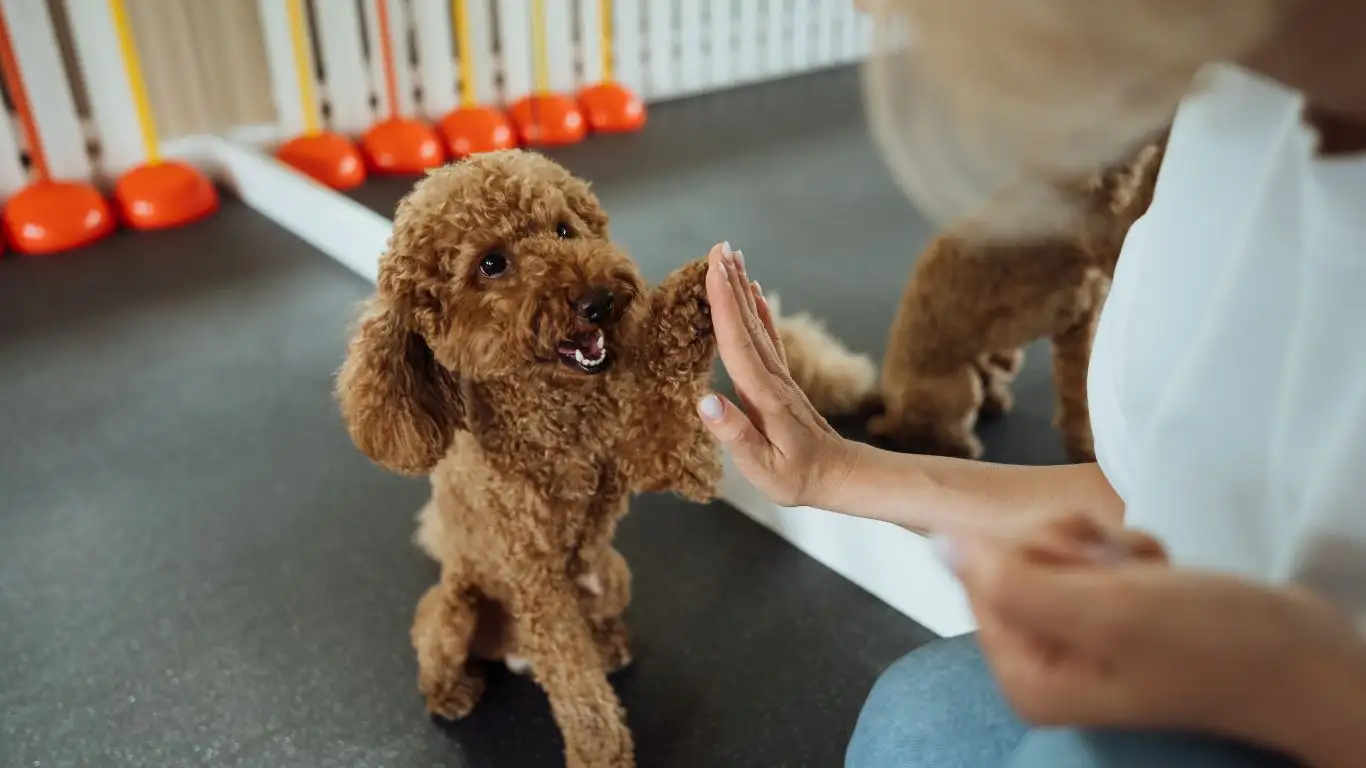
While we’ve covered a lot of ground in terms of training methods and techniques, there are a few more strategies you can implement to prevent excessive sniffing. These tips are designed to complement the strategies we’ve discussed so far, offering you more ways to manage and reduce unwanted sniffing behaviors in a variety of scenarios.
Keep Interactions Short and Sweet
One of the common mistakes I’ve seen dog owners make is allowing their dog to have prolonged interactions with strangers or other dogs. The longer your dog is allowed to sniff, the more likely they are to get caught in the habit. Keeping interactions short and controlled ensures that your dog doesn’t have the time or opportunity to sniff excessively. This is especially useful when meeting new people or when you’re at busy places like parks or outdoor events.
For example, if you’re meeting a friend or neighbor, try to keep the initial greeting brief. Have your dog on a leash and, as soon as they start to sniff, ask for their attention with a cue like “look” or “leave it.” Once your dog focuses on you, reward them with praise or a treat. Keep the exchange with the person short and then move on, so your dog doesn’t have the chance to fall back into the sniffing routine.
Use Redirection and Distraction Techniques
If your dog is particularly fixated on sniffing people or objects, distraction can be a great tool. Dogs are naturally curious, and sometimes redirecting their focus onto something else can be more effective than just asking them to stop. This can be done with toys, games, or even a short training session. Here are some ways to keep your dog’s attention away from sniffing:
- Interactive Toys: Toys like treat-dispensing balls or puzzle toys can keep your dog mentally engaged and prevent them from focusing on sniffing. Carry one with you on walks and use it to distract your dog when you see them getting too interested in sniffing someone.
- Engage in a Fun Game: If you’re out in the park, turn their focus from sniffing into a game. Play fetch or tug-of-war to capture their attention. Positive activities like these not only prevent sniffing but also strengthen the bond between you and your dog.
- Training Sessions: Short, impromptu training sessions where you practice basic commands or tricks can also help redirect your dog’s focus. This gives them an outlet for their energy and attention that doesn’t involve sniffing people.
Distraction is a great tool when used sparingly, but remember to also reward your dog when they do focus on you, so they start to associate that behavior with positive outcomes.
Consistency Is Key to Success
As a Canine-Assisted Therapy Trainer, I can’t stress enough how important consistency is when it comes to training. Whether you’re working on stopping sniffing behavior or teaching any other trick, consistency ensures that your dog understands the rules and expectations. Dogs thrive on routine and structure, and they learn best when the same commands, rewards, and boundaries are applied consistently.
Why Consistency Matters
When you’re training your dog, they need to understand that certain behaviors will always lead to the same response. If you occasionally allow your dog to sniff people and then reprimand them the next time, it creates confusion. To avoid this, try to stay consistent with your expectations. For example, if you don’t want your dog to sniff people, every time they attempt to do so, you should redirect them, offer a command, and reward them for positive behavior.
Over time, your dog will begin to make the connection between their actions (sniffing) and your response (redirection, command, or reward). Consistency not only helps your dog learn faster but also helps to reinforce good behavior in various situations. And as your dog progresses, you can start to reduce the frequency of rewards and begin to increase their level of control.
Socialization: An Essential Element of Training
Socialization plays a massive role in curbing excessive sniffing. The more your dog is exposed to different people, environments, and situations, the better they will learn to control their behavior in these contexts. If your dog only interacts with people in one environment (like your home), they may become overly excited or curious when they encounter someone new in a public setting. This can lead to excessive sniffing as a way to process the unfamiliar scents and experiences.
Gradual Exposure to New People and Situations
To prevent this, gradually expose your dog to new people, pets, and places. Start slow and in a controlled environment where your dog can interact with one or two people, and over time, increase the number of distractions. This method helps your dog build confidence and learn appropriate behavior in various situations.
For example, if you’re working on stopping excessive sniffing during walks, take your dog to places where they’ll encounter other people or dogs but in smaller, manageable doses. It might mean going to a quieter part of the park or visiting a friend’s house where only a few people are present. This allows your dog to practice their skills in a less overwhelming environment.
References and Further Reading
If you want to dive deeper into dog behavior, training, and other related topics, I recommend checking out the following resources:
- American Kennel Club (AKC) – A great resource for training tips, behavior guides, and breed information.
- PetMD – A comprehensive site for health-related dog issues and training advice from veterinary professionals.
- National Institute of Mental Health (NIMH) – For information on anxiety-related behaviors that might be causing excessive sniffing in dogs.
Disclaimer
While the methods and advice shared in this article are based on my personal experience and professional training as a Canine-Assisted Therapy Trainer, it’s important to remember that every dog is unique. If your dog is experiencing severe behavioral issues or seems to be struggling with anxiety or aggression, it’s always a good idea to consult with a professional dog trainer or behaviorist. For medical concerns, consult your veterinarian to rule out any underlying health issues that might be contributing to the behavior.
Training takes time and patience, but with consistency and the right approach, your dog can learn to stop sniffing people excessively. Keep at it, and remember—positive reinforcement goes a long way in helping your dog become the best version of themselves!
